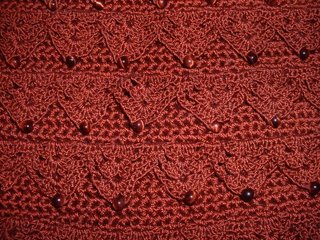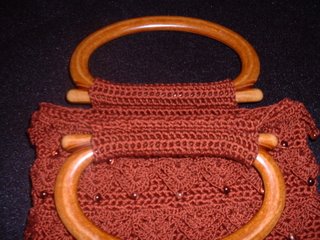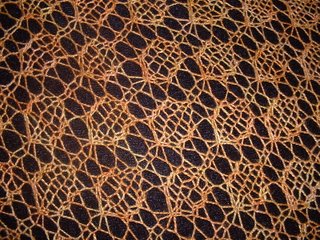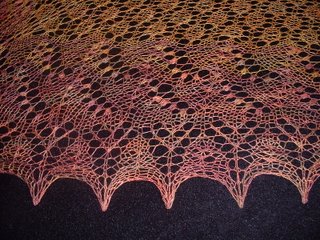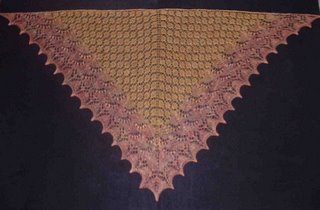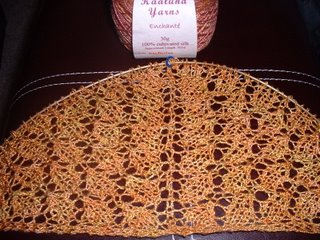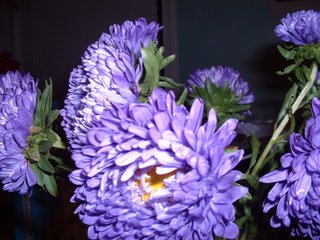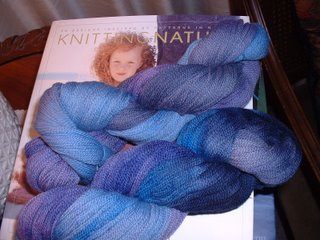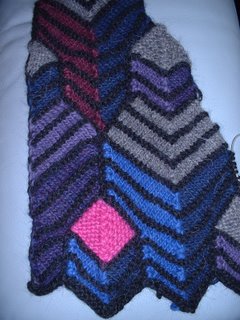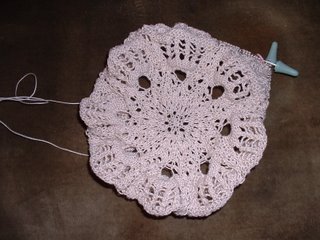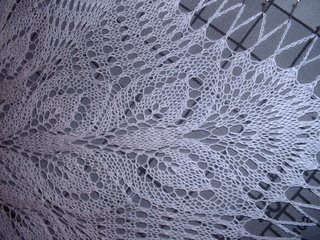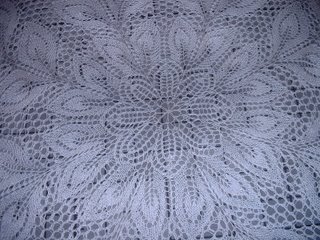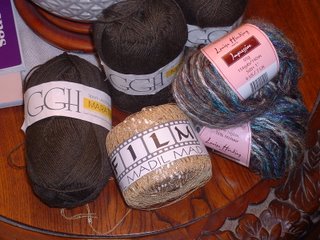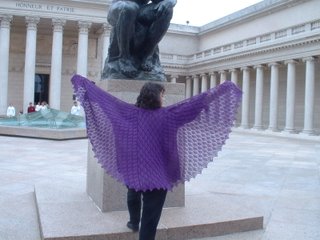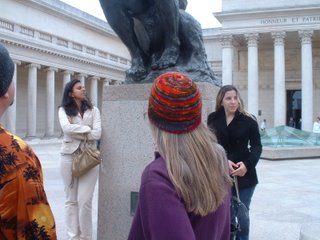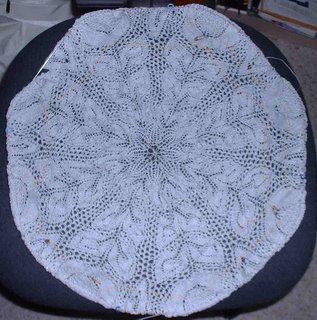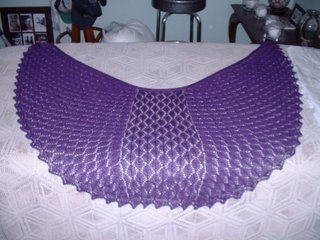
Well, it's something made from a tree. The smooth cherry wood pieces fit together perfectly. It spins like a happy little merry-go-round.
I am forever freed from hanging hanks of wool around my knees, or enlisting hubby's hands, or using the back of a chair.
I'm one of the holdouts who never thought she would have a need for a swift. After all, how many times do I really need to wind yarn? A few times a month? Aren't knees good enough for that?
Why have another "thing" cluttering up the den? My great-grandmother never had one. My grandmother never had one.
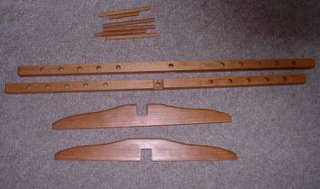
Basta! Enough!
My husband convinced me that I needed to embrace progress in the 21st century -- even though swifts are as old as ... well, older than my great-grandmother. Sailors carved ivory umbrella swifts (scrimshaw) on whaling ships in the 19th century. I'm sure swifts were around in some form well before that.
My swift is from Knitting Notions, a small, family-run business in Nashville, TN. They sell swifts, hand-dyed yarn, shawl pins, and other things for knitters. Their swifts are all handmade from solid hardwoods like cherry, walnut, mahogany and oak, and they are hand-finished with a blen
 d of tung and linseed oil, and a topcoat of beeswax.
d of tung and linseed oil, and a topcoat of beeswax.It came in a handy cotton storage bag. The pegs were in a small Ziplock bag to keep them together.
I am in no way affiliated with this shop, but I am a very happy recipient of a beautiful cherry swift.
Santa baby, slip a swift under the tree, for me
I've been an awful good girl
Santa baby, and hurry down the chimney tonight ...

